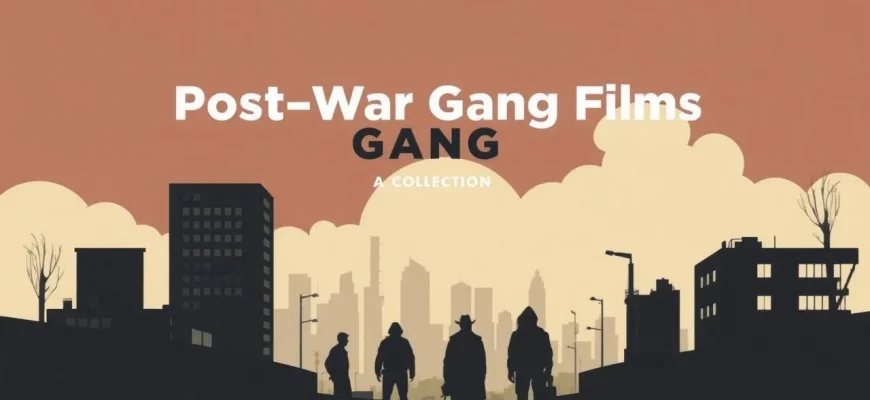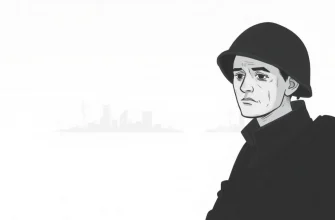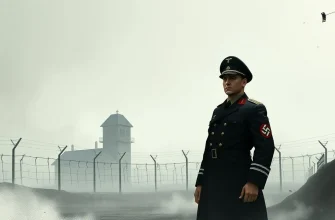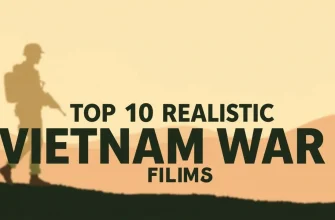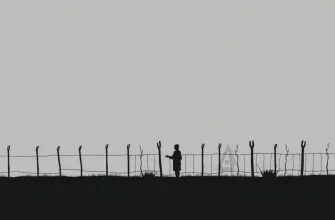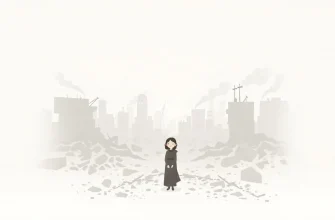The aftermath of war often breeds chaos, and from this chaos emerge stories of gangs, loyalty, and survival. This collection of films delves into the underworld of post-war societies, where the lines between right and wrong blur, and the struggle for power and survival becomes a daily reality. These films not only entertain but also offer a glimpse into the darker side of human nature, making them essential viewing for those interested in the complexities of post-war life.
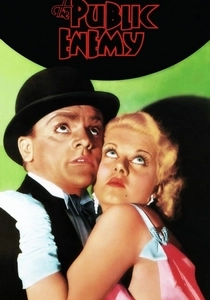
The Public Enemy (1931)
Description: This pre-Code gangster film shows the rise of a young man from a poor background into the criminal underworld during the Prohibition era, a time of significant social change post-WWI.
Fact: The film was one of the first to use the term "public enemy" to describe a criminal, influencing the FBI's later use of the term.
 Watch Now
Watch Now 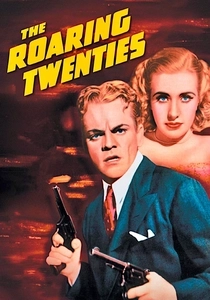
The Roaring Twenties (1939)
Description: This film captures the transformation of three soldiers returning from WWI into bootleggers, reflecting the societal shifts and the rise of organized crime in the post-war era.
Fact: The film was one of the last collaborations between director Raoul Walsh and star James Cagney.
 Watch Now
Watch Now 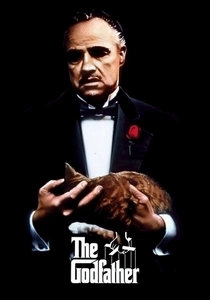
The Godfather (1972)
Description: Set in the post-World War II era, this iconic film explores the inner workings of the Corleone family, a powerful Italian-American mafia clan. It's a tale of family, loyalty, and the brutal realities of the criminal underworld.
Fact: The film was initially offered to several directors before Francis Ford Coppola took the helm. Also, Marlon Brando improvised the famous "I'm gonna make him an offer he can't refuse" line.
 Watch Now
Watch Now 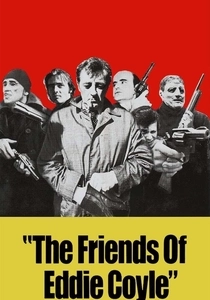
The Friends of Eddie Coyle (1973)
Description: This gritty crime drama set in Boston in the early 1970s, reflects the post-war era's criminal landscape, focusing on a small-time gunrunner's desperate attempts to stay out of prison.
Fact: The film was praised for its realistic portrayal of the criminal underworld and was one of Robert Mitchum's favorite roles.
 Watch Now
Watch Now 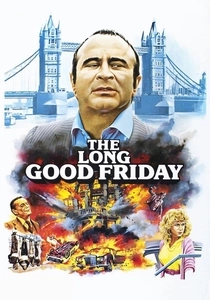
The Long Good Friday (1980)
Description: Set in the late 1970s, this British crime film deals with the IRA's influence on London's underworld, showcasing the lingering effects of post-war tensions.
Fact: The film was originally intended to be a TV movie but was upgraded to a theatrical release due to its quality.
 Watch Now
Watch Now 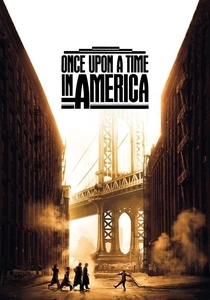
Once Upon a Time in America (1984)
Description: Spanning from the Prohibition era to the post-World War II period, this epic crime drama follows the rise and fall of a Jewish gangster in New York City, highlighting the brutal realities of gang life.
Fact: The film was initially released in a heavily edited version, but later restored to its full length. It was also Sergio Leone's last film.
 Watch Now
Watch Now 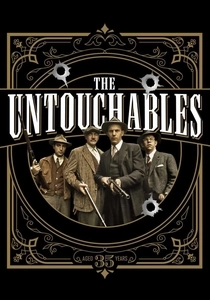
The Untouchables (1987)
Description: Set during the Prohibition era, this film captures the post-WWI atmosphere where Al Capone's gang ruled Chicago, and the law enforcement's struggle to bring him down.
Fact: The film's iconic train station scene was inspired by the Odessa Steps sequence in "Battleship Potemkin."
 Watch Now
Watch Now 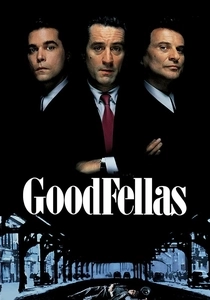
Goodfellas (1990)
Description: Although not set immediately after a war, "Goodfellas" captures the essence of gang life in the 1950s and 60s, a time when the effects of WWII were still felt, showing the rise and fall of Henry Hill within the mob.
Fact: The film's famous "Copacabana" tracking shot was done in one take, and the movie was based on the real-life story of Henry Hill.
 Watch Now
Watch Now 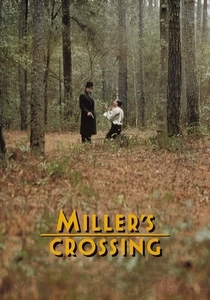
Miller's Crossing (1990)
Description: Set in the 1920s, this Coen Brothers' film captures the essence of gang warfare in a post-war setting, with its intricate plot revolving around loyalty, betrayal, and power struggles.
Fact: The film was inspired by the works of Dashiell Hammett, particularly "Red Harvest."
 Watch Now
Watch Now 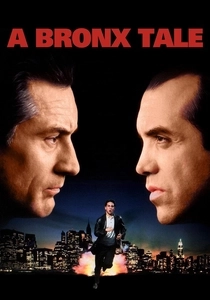
A Bronx Tale (1993)
Description: This film, set in the 1960s, explores the life of a young Italian-American boy caught between his father's honest ways and the allure of the local mob boss, reflecting the post-war gang dynamics.
Fact: Robert De Niro made his directorial debut with this film, which was based on a play he performed in.
 Watch Now
Watch Now 
